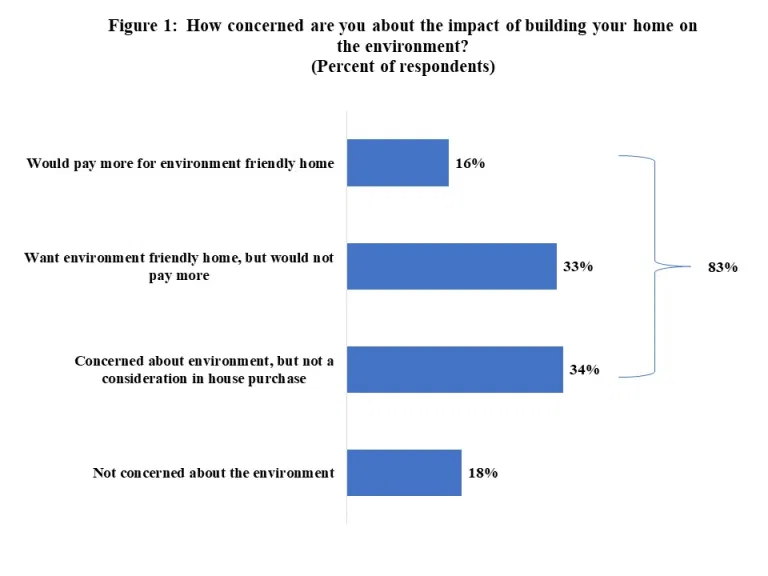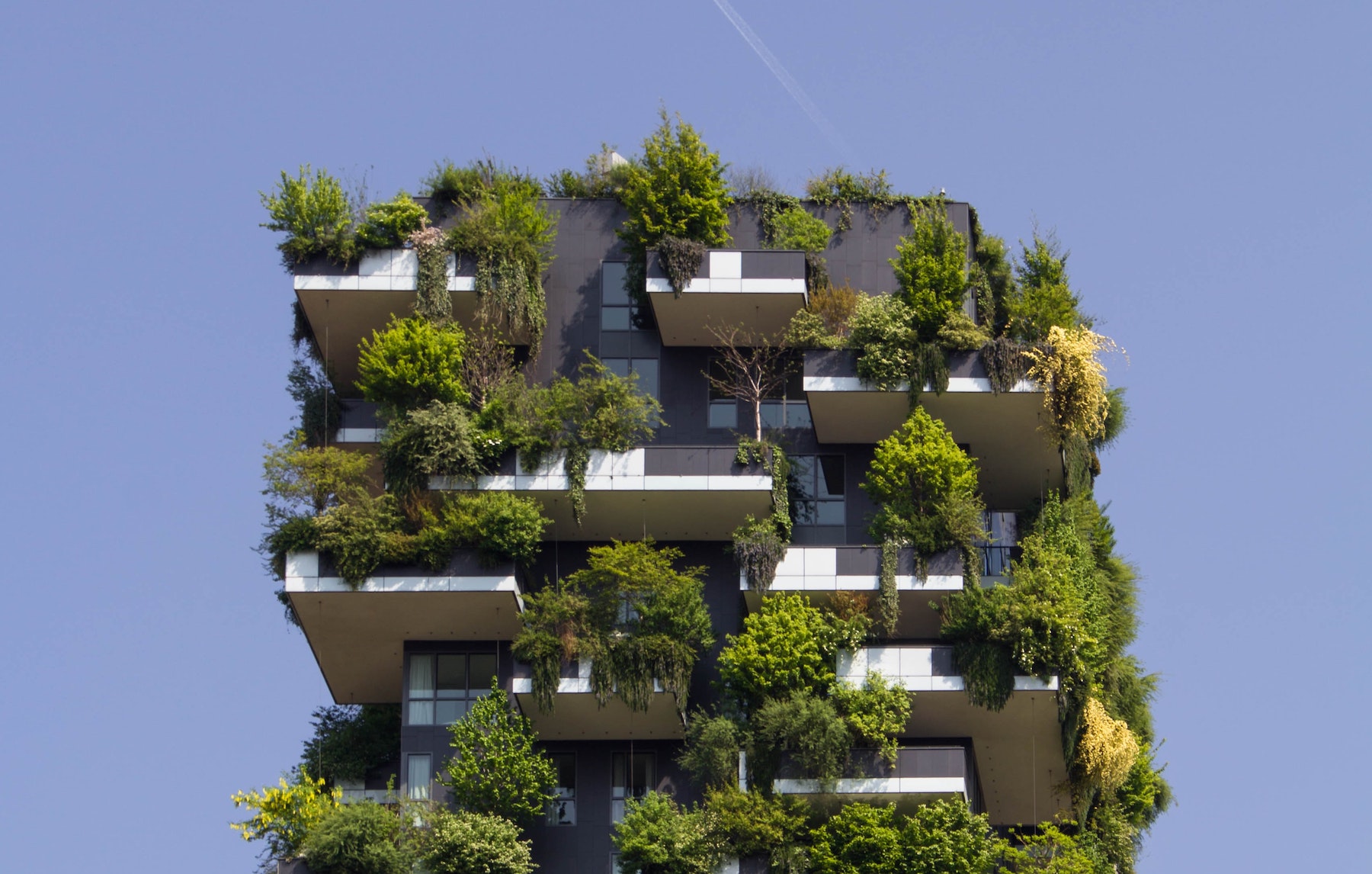Sustainable buildings are designed and constructed with the aim of reducing the overall environmental impact and preserving human health. It takes into account the entirety of the lifespan of a building – from the conception of design, the building process, and after construction.
In much of Europe, the construction industry accounts for 34.7% of the continents total waste. Sustainable construction minimises waste, lowers the environmental impact and uses renewable materials and resources.
This typically involves preserving and protecting the natural resources that surround the project site. This ensures that degradation of the environment when the building is under construction is kept to a minimum.
What makes a property sustainable?
Fundamentally, the efficient use of energy, water and other resources is key to protecting residents health; mentally, physically and financially. Sustainable housing is all about reducing operating costs, minimising environmental and social impact.
For residential homes, heating is the biggest consumption of energy at play. It’s no wonder that more insulation, better windows, less thermal heating and airtight homes have become such demanded constructs in the property market.
Why invest in a sustainable property
The property market has vast investment opportunities, from flipping houses to buying to let. Whether you’re in the market looking for your next property to add to the portfolio or want to invest in your holiday let mortgage to maximise its profitability; you’re going to want to turn green.
As millennials take to the housing market, many of which for the first time, the construction of green buildings and sustainable residential design have been on the rise. And for good reason.

83% of asked millennials reported that they are concerned about the impact of building a home on the environment. Of those, 16% would indeed pay more for an environmentally friendly home (NAHB). There seems to be a growing and irrefutable demand for environmentally responsible homes.
But what do these figures mean for property investors? Well, solar panels in roofs, sustainable materials and green construction techniques aren’t only popular preferences amongst millennials. Eco-friendly homes are built to be as self-sufficient as possible. Meaning the elderly, young families and busy working professionals all benefit from the efficiencies of green homes.
For property investors, this drastically opens up the pool of potential tenants, buyers and guests. Most importantly, utilising green building strategies to reduce environmental impact, ensure occupant satisfaction and drive better business outcomes help to maximise asset value.
With the widespread availability of renewable energy combined with the convergence of information and building technologies; we’re getting closer to ‘positive energy buildings’. Buildings are fulfilling citizen roles of contributing to society, and people have become more interested in the benefits of sustainable housing.
Return on investment of Sustainable buildings
The creation, maintenance and destruction of environmentally friendly buildings cost money. Whilst using sing natural resources such as light, wind and earth in the process of building sustainable homes can lower their carbon footprint; it’s also more costly than building traditional homes and buildings using non-renewable resources and generating toxic waste.
Economically, insulating homes using earthbags, logs, bamboo, straw and recyclables can cause significantly less damage to the surrounding environments- ensures society as a whole can benefit.
Financially, there are ways to significantly improve your returns on green property investment. The overall demand for greener homes seems to be taking care of themselves. But there are more ways to bump up your ROI.
Holiday let mortgages enable people to borrow money to buy a property that will be let out on a short term basis to tourists as a business. Since mortgage payments will continue and business expenses pile up; you’ll want to maximise your returns. According to a study by TravelWeekly, sustainability has become an important factor for over 58% of holidaymakers.
Upgrading your holiday let to a sustainable haven can set you apart from non-environmentally friendly competitors- allowing you to charge more per stay. This rise in revenue (taken care of by demand and price) combined with lower operating and maintenance costs of your second home; naturally improve your return on investment.
What is Responsible Ownership?
Other than building over wild habitats, generating toxic waste and damaging the natural environment, the construction industry energy use is high. Even if you’re not personally engaged in the building process, becoming a responsible owner means disassociating yourself with those who engage in the toxic construction process.
Being a responsible owner means you contribute to the health and wellbeing of the natural environment, the tenants who occupy the building and society as a whole.
Saving the planet and saving costs
The construction industry accounts for over 36% of worldwide energy usage, as over 40% of CO2 emissions. Investing wisely in environmentally sustainable property puts you on the right side of the global efforts to combat climate change.
In the long run, investing in green energy and sustainable homes, whether it’s you who installs efficient appliances or not; will save you cost in the future. Solar panels, for example, will initially cost money to install, or, if already present, will increase the price of the investment property. However, if each home invested in enough solar panels to cover their electricity bill, then on average the savings from investing in residential solar systems in 2020 would run up to $1,408 per year.
Other renewable energy systems, like a hydro system, can generate 24 hours a day. This can produce enough electricity and in some cases more than you need for powering your electrical appliances and lighting your home. Use the excess to heat your home and hot water too.
There are many reasons to invest in sustainable development and practices. From personal sayings to making higher returns. As the world movies closer in its collective effort to combating climate change, and to a more sustainable world – it’s time to make responsible investments.


